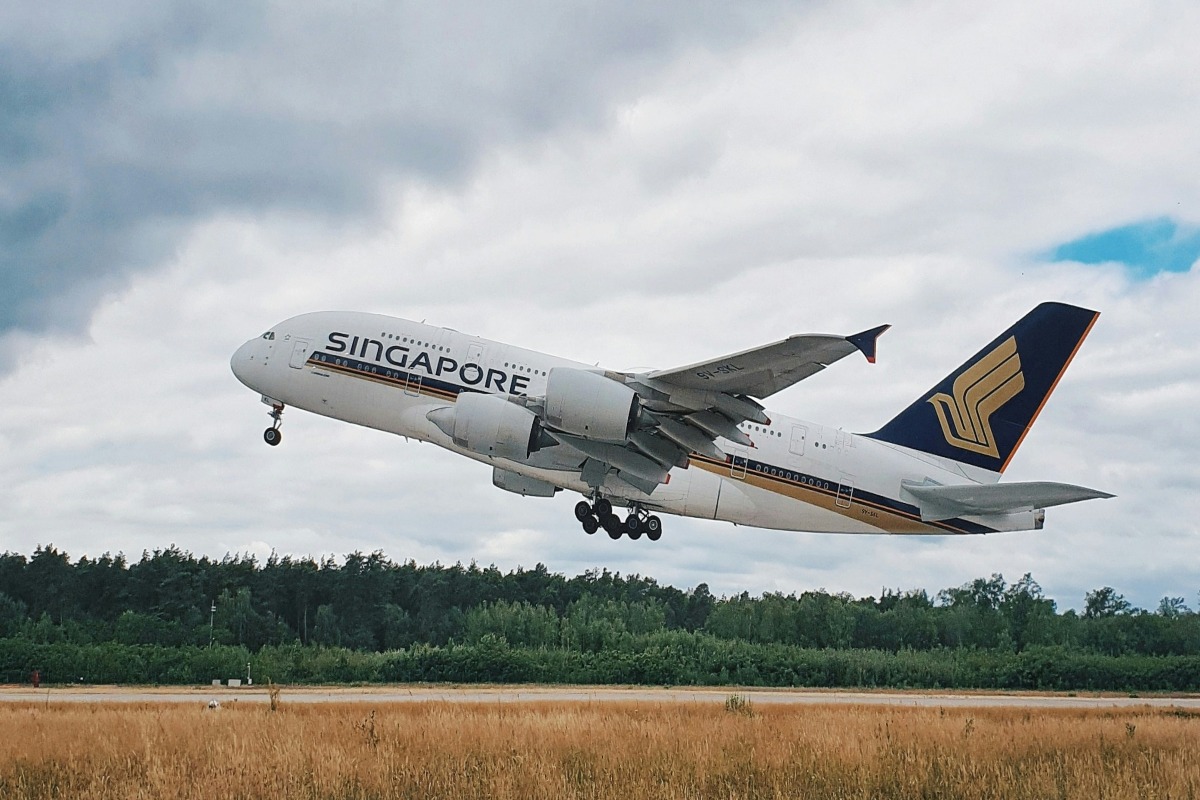Tragically, one person lost their life and over 70 others were injured when a Singapore Airlines flight met extreme turbulence. The Boeing 777-300ER, carrying 211 passengers and 18 crew members, was forced to make an emergency landing in Bangkok. The flight in question, SQ308, was en route from Singapore to London. Cruising at 37,000 feet, the flight hit unexpected and violent turbulence.
Passengers aboard described the ordeal as a nightmare come to life. Many recounted how the aircraft plummeted dramatically, causing unsecured objects – and people – to be thrown about the cabin. The aftermath was chaotic and distressing, with cabin crew and passengers scrambling to tend to the injured. Despite their best efforts, one casualty was reported. Geoff Kitchen suffered cardiac arrest and ultimately passed away. His death marks a rare but devastating consequence of severe turbulence.
The Future of Turbulence
The exact contributing factors of this tragic event are still under investigation. Speaking with Al Jazeera, Ramalingam Saravanan—the chairman of the atmospheric sciences department at Texas A&M University—said as much.
“It can be caused by what are called gravity waves that cause undulations in the air that you can’t see. The only way pilots know about it is to hear about it from a previous pilot. Pilots often listen to what a person who took that same flight path a few minutes earlier say. That’s the best way to detect these turbulence events.”
Le Boeing 777 de Singapore Airlines qui faisait le trajet de Londres à Singapour a fait une chute de 1800 mètres. Faisant 1 mort et des blessés, après de fortes turbulences. pic.twitter.com/Y7dgNSFhmO
— 75 Secondes
(@75secondes) May 21, 2024
This tragic event sheds light on a broader issue that concerns the scientific community: the anticipated increase in air turbulence due to climate change. Researchers are vocal about the potential for more frequent and severe turbulence episodes. They attribute this trend to the warming of the Earth’s atmosphere and the consequent changes in air currents. Experts explain that as global temperatures rise, the difference in temperature between the poles and the equator increases, leading to stronger jet streams. These fast-flowing, narrow air currents are a significant factor in the development of turbulence.
Furthermore, the planet’s warming contributes to more instability in the atmosphere, making turbulent episodes more likely and more severe. The implications of these predictions are far-reaching for the aviation industry. Increased turbulence poses a risk to passenger safety and challenges pilots and airlines in terms of flight planning and fuel efficiency. The emotional impact on passengers cannot be underestimated either, with potential travelers possibly reconsidering flying due to fear of experiencing severe turbulence.


